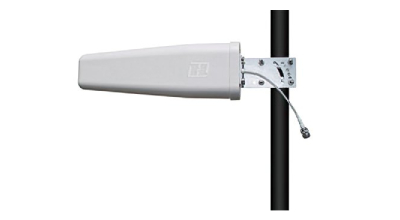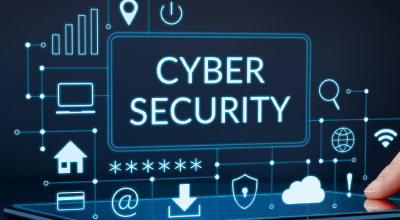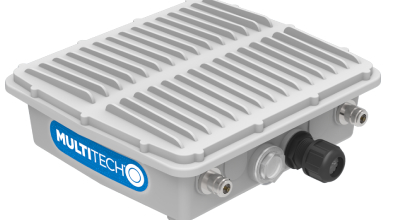
LoRaWAN IoT Applications
LoRa (Long Range) and LoRaWAN (Long Range Wide Area Network) are popular technologies used in IoT (Internet of Things) applications due to their low power consumption, long-range communication, and ability to support a high number of devices. Here are some detailed examples of IoT applications that use LoRa and LoRaWAN:

- Smart Agriculture: LoRa and LoRaWAN can be used to monitor various agricultural parameters like soil moisture, temperature, humidity, and pH levels. Sensors placed throughout the farm collect data and transmit it to a central gateway using LoRa technology. This information can be used to optimize irrigation, fertilization, and pest management strategies, resulting in increased crop yield and reduced resource waste.
- Smart Cities: LoRaWAN can be used to support various smart city applications, including smart lighting, waste management, and parking solutions. For instance, LoRaWAN-connected sensors can detect the fill level of waste bins, allowing for optimized waste collection routes. Similarly, smart streetlights can adjust their brightness based on ambient light levels and presence of pedestrians, reducing energy consumption and improving public safety.
- Utility Metering: LoRaWAN can be used for remote reading of utility meters (water, gas, electricity) in residential and commercial buildings. This enables utility providers to collect consumption data without the need for manual reading or expensive wired infrastructure, improving efficiency and reducing operational costs.
- Asset Tracking and Logistics: LoRaWAN can be used to track assets and monitor the location and condition of goods in real-time during transport. This enables companies to optimize their supply chain, reduce theft, and monitor environmental conditions (temperature, humidity) to ensure the quality of sensitive goods like perishable food items or pharmaceuticals.
- Environmental Monitoring: LoRa and LoRaWAN can be used to collect data from a wide range of environmental sensors, such as air quality, noise levels, and water quality sensors. This data can be used to monitor pollution levels, identify trends, and develop data-driven policies to mitigate environmental issues.
- Wildlife Tracking and Conservation: LoRa technology can be employed in wildlife tracking and conservation efforts. For example, tracking collars equipped with LoRa-enabled GPS trackers can provide researchers with valuable data on animal movement patterns and habitat use, helping to inform conservation strategies and monitor the effectiveness of those strategies.
- Industrial Monitoring and Automation: LoRaWAN can be used to monitor various parameters in industrial settings, such as equipment health, temperature, and vibration. This enables predictive maintenance, reducing downtime, and improving overall operational efficiency. Additionally, LoRaWAN can facilitate remote control of machinery, streamlining processes and reducing the need for manual intervention.
- Smart Home Applications: LoRa and LoRaWAN can be used to support various smart home applications, such as security systems, energy management, and appliance control. For example, LoRaWAN-connected smoke detectors can send alerts to homeowners and emergency services in case of a fire, while smart thermostats can optimize energy consumption based on occupancy patterns.
These are just a few examples of the many IoT applications that can benefit from the long-range, low power, and high-capacity advantages offered by LoRa and LoRaWAN technologies.


